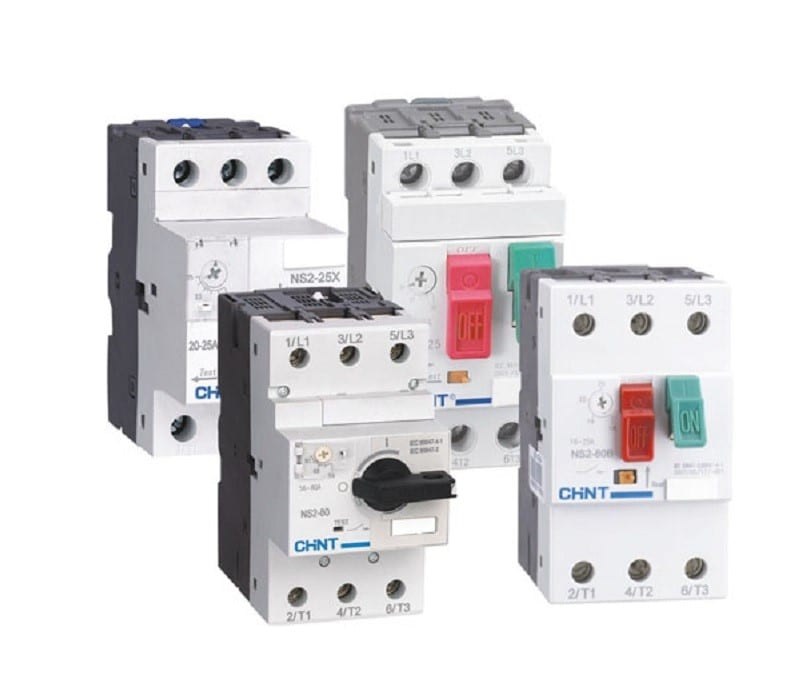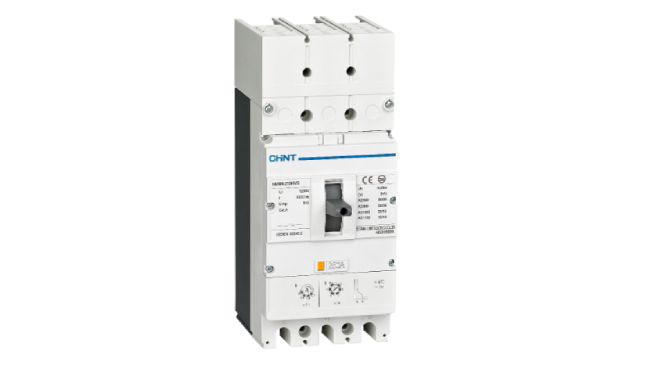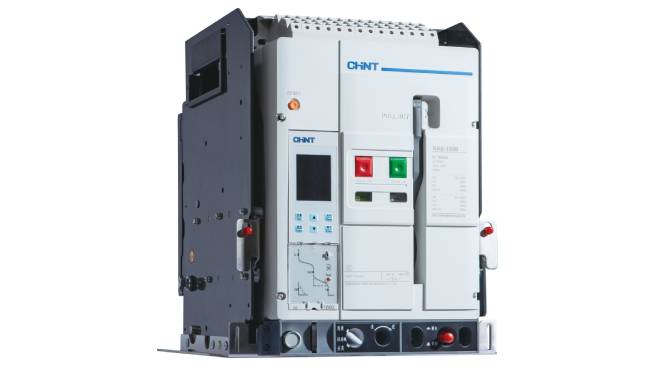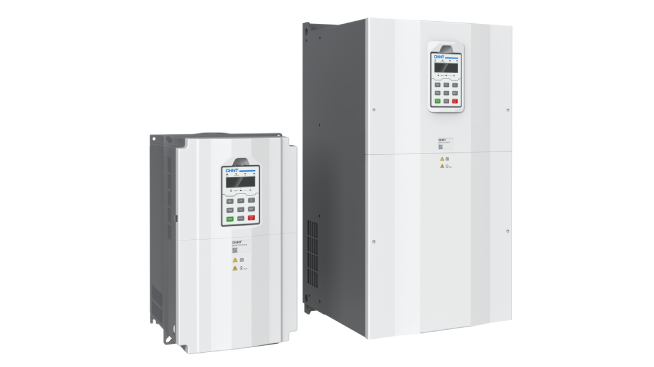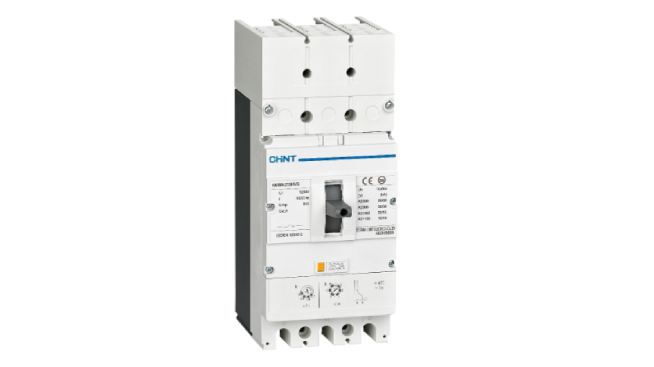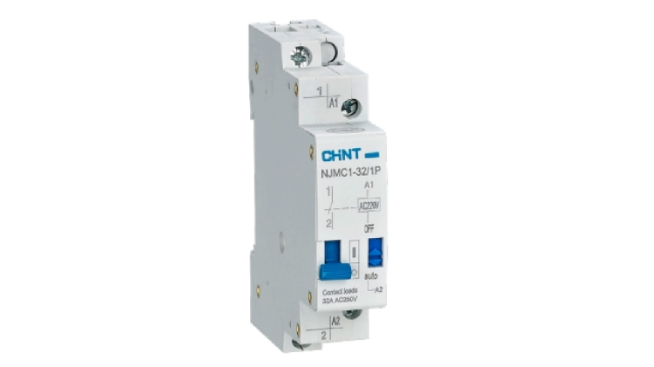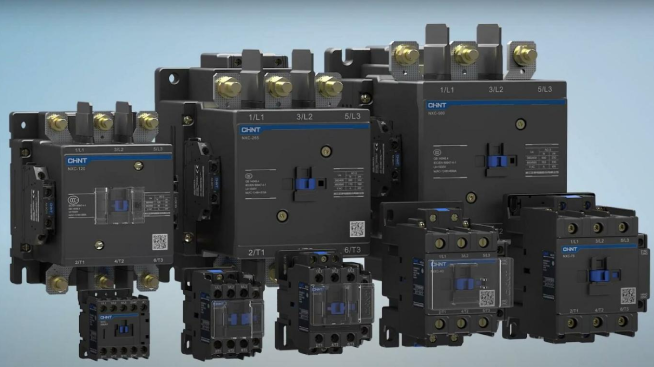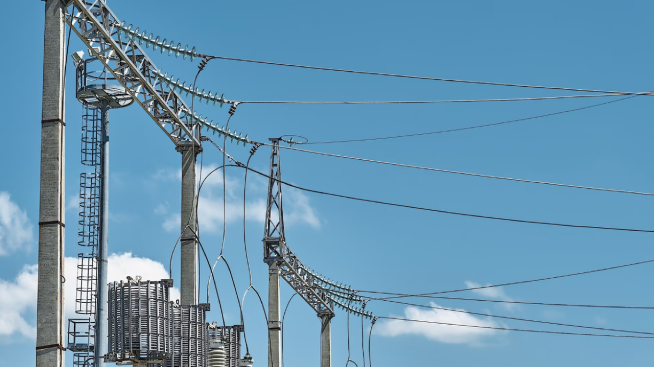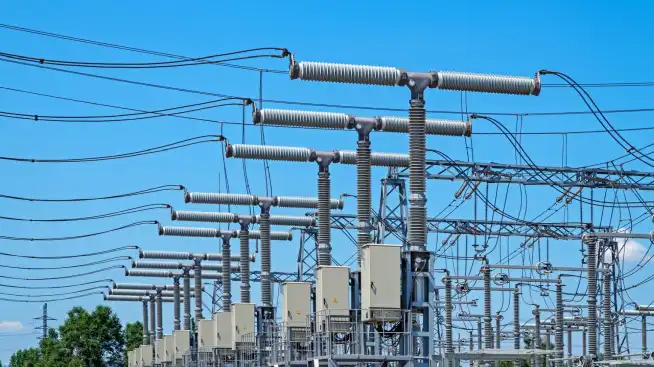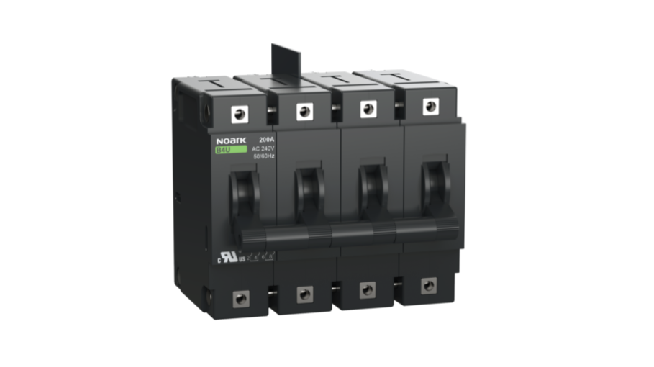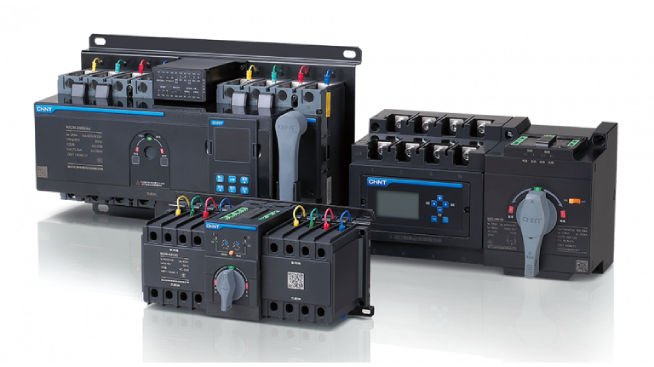If your business or work involves motors, then you probably are acquainted with motor starters . These reliable devices are key to protect both the motor and operators in the line of work, however, not everybody understands the purpose of starter in motors. So, with that in mind, today we’ll explain what exactly are motor starters, what types of starters exist, and overall give you a closer look at the world of starters.
What Is a Motor Starter?
A motor starter, motor controller, or electric motor starter is a device designed to allow to turn On and Off a motor, not unlike a relay . These small devices are deceptively simple. While at their core they fulfill the role of a switch, they are vital to handle any motor in an industrial setting.
First and foremost, a motor starter is a safety device. Starting a motor manually every single time is not only long and tedious, but it’s an unnecessary risk. Motor starters provide a simple alternative for operators to activate motors from a distance, as well as to power them down. It might not seem like a big deal, but being able to safely turn down a motor is a big deal. And that’s exactly what starters provide.
In appearance and function, starters are straightforward devices. If for example, we take a look at CHINT’s NS2 Motor Starter , it’ll become obvious that they look just like any other switch does. However, their inner mechanics are considerably more complex as we are about to learn.
How a Starter Motor Works
To explain how starters work, we need to take a look at the two main components all models include, those being the overload protection circuit and an electrical contactor .
An electrical contactor is what we commonly associate with the idea of a switch or relay. This electromechanical device can make or break a connection between 2 points in a circuit. As such when it’s on the circuit is completed, and when it’s off, the circuit is interrupted halting the flow of electricity.
The overload protection circuit is an appliance that protects the motor’s integrity. If an overload happens, the OPC can detect it and break down the flow of energy, ensuring that the charge does not damage the motor or other appliances connected to the supply.
In short, an electrical contactor allows starters to work as a power switch, while its protection circuit also ensures that it can protect the motor from power spikes.
Types of Motor Starters
The different types of motor starters are classified based on the mechanics of their electrical contactors. As a result, each starter can have differing start-up methods and handle electricity spikes and interruptions differently. Below we’ll list the different types of starters and their unique qualities.
Manual
A manual motor starter is the most traditional model in the market. They are the basic design with an On/Off switch and a relay, which makes them simple to operate but limited in certain areas.
Traditionally, these motor starters don’t provide a way to disengage the remaining power in the case of an interruption. But they can de-energize the circuit after a power failure to prevent unintentional reactivation. As a result, these starters are used when safety demands that machinery completely turns off in the case of a power outage.
Magnetic
A magnetic motor starter forgoes the traditional manual switch for an electromagnetic system. A set of electromagnets takes care of closing and opening contractors and as such, they can function automatically if needed. By default, a magnetic starter needs to be restarted after a power loss causes it to shut off. However, they can be wired to restart automatically in case the specific motor demands constant work. This makes them more versatile and apt for automation than manual starters.
Reversing
A reversing motor starter contains two separate sets of contactors instead of a single one. The main purpose of these double contactors is to allow the system to turn in either direction based on which connection is active. As a safety measure, these starters include both mechanical and electrical interlocks to ensure that only one contactor can close at a time.
Soft
A soft start motor starter can be best identified by its digital components. These starters are designed to slowly increase the charge and speed they are providing to the motor. This allows the motor to “warm-up” instead of running at full capacity from the start. Usually, this is meant to prevent damage to the motor or to avoid overtaxing the electrical provider.
Functions of Motor Starters
Now that we’ve seen the main types of motor starters, we can accurately sum up all their functions. Not all starters can fulfill all these functions, but through the use of their various types, any of these needs can be easily satisfied. So, without further ado, let’s take a look at the main functions of motor starters:
- Safe activation of a motor:
Starters simplify the activation of a motor to a single switch, thus making them safer and easier to interact with daily. - Safe deactivation of a motor:
Since a moving motor is more dangerous than an inactive one, nobody should dismiss the importance of being able to turn them off remotely. As such the safe deactivation of a motor can be considered even more important for an operator. - Protect motors from current irregularities:
Electricity can spike without warning and no system is exempt from this. Since all motor starters include an overload protection circuit, any motor connected to s starter is safer by default. - Reverse the direction of a motor:
Reversing starters allow a motor to be turned on in either direction. While this isn’t necessary for all processes when it is, a reversing starter can simplify the process. - Automatic reactivation of a motor.
Magnetic starters can be programmed to reactivate themselves in the case of a power outage. This is vital for industries where machines are expected to work constantly and removes the human factor from the equation.
Let's Sum it Up
The main function of a motor starter is simply to provide an easy way to turn motors On and Off as needed. However, they can fulfill more advanced roles based on the type of starter. And the ability to regulate voltage, turn themselves back on and reverse a motor make them key pieces of machinery in any industrial setting. Motor starters might be simple at first glance, but they are also some of the most reliable tools in the market.





